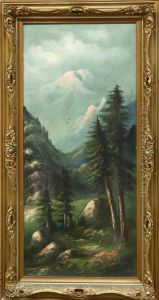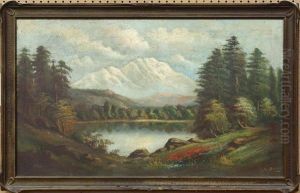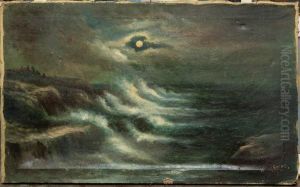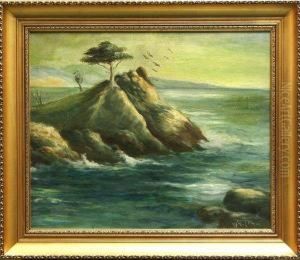William M. Lemos Paintings
William M. Lemos was an American painter and educator born in 1861, whose career spanned the late 19th and early 20th centuries. He was known for his diverse artistic talents, which included painting, drawing, and teaching. Lemos was a prominent figure in the art world of his time, contributing not only through his artworks but also through his efforts in art education.
Lemos was born into a period of great change and innovation, which influenced the development of his artistic style. He embraced both traditional and emerging art forms, demonstrating versatility across different mediums. Throughout his career, Lemos focused on capturing the essence of his subjects, whether in his landscapes, portraits, or still life paintings. His work was characterized by a keen attention to detail, a vibrant color palette, and a commitment to realism, although he also experimented with impressionistic techniques.
Beyond his contributions as an artist, William M. Lemos was deeply involved in art education. He believed in the importance of nurturing artistic talent and was dedicated to teaching the next generation of artists. Lemos held teaching positions at various institutions, where he shared his knowledge and skills with aspiring painters. His approach to teaching was innovative for his time, emphasizing the importance of both technical skill and creative expression.
Lemos's impact on the art world extended beyond his lifetime, with his teachings and artworks continuing to inspire artists and art enthusiasts. Despite facing the challenges of his era, including changing artistic trends and the economic uncertainties of the early 20th century, Lemos maintained a steadfast commitment to his art and to his students. His legacy is seen not only in his paintings but also in the generations of artists who benefited from his guidance and expertise.
William M. Lemos passed away in 1942, leaving behind a rich body of work and a lasting influence on the art community. His dedication to both creating and teaching art has made him a respected figure in American art history. Through his paintings and educational efforts, Lemos contributed significantly to the cultural landscape of his time, and his work continues to be celebrated by art historians and collectors alike.






